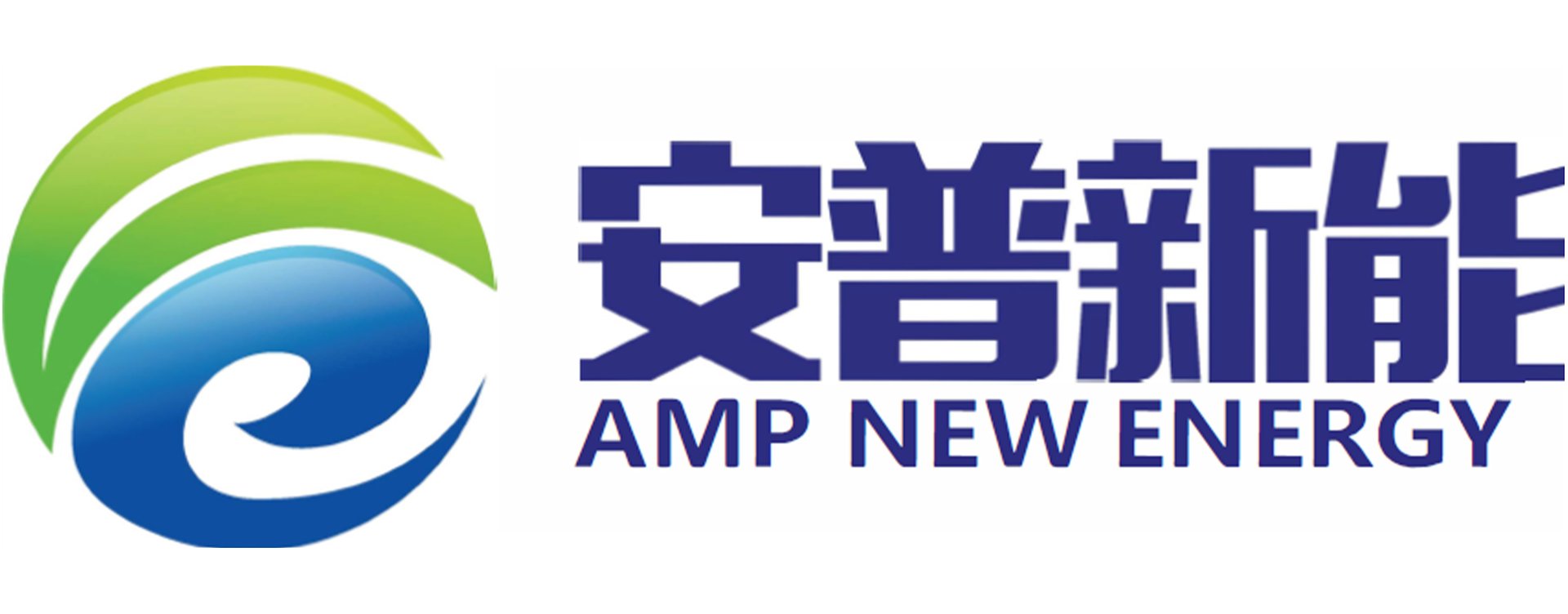Overview: Silicon based negative electrode Market
The silicon based negative electrode market is witnessing rapid development with the increasing demand for lithium-ion batteries offering higher energy density and extending cycle lifespan. Silicon based negative electrodes have emerged as the promising alternative to graphite electrodes due to their superior theoretical capacity and abundant availability. Despite their current low penetration rate, advancements are underway in silicon carbon composite and silicon oxygen composite materials.
Growth and Expansion Trends in Silicon Based Negative Electrode
According to data from GGII, shipments of composite silicon based negative electrode in 2021 were around 11,000 tons, which accounted for a mere 1.5% penetration rate compared to total electrode shipments. This increased to 16,000 tons in 2022, with projections suggesting over 27,000 tons for 2023. A growth rate exceeding 60% in the coming three years is anticipated. This rising trend is driven by applications in electric vehicles and power tools, with major contributions from countries like Japan and South Korea.
Challenges in Silicon Based Negative Electrode Expansion
One significant challenge faced by silicon based negative electrode is expansion during charging and discharging. This results in stress accumulation, electrode pulverization, and compromised battery performance. The expansive nature of silicon, especially during lithium storage, necessitates innovative solutions for monitoring and controlling the expansion rate.
Methods for Measuring Silicon Based Negative Electrode Expansion
Currently, several approaches are used to measure expansion including laser thickness gauge measurement and pressure sensor integration. These methods often require disassembly between tests and do not provide real-time insights. Contrarily, researchers are developing advanced in-situ testing systems, such as the one created by Yuanneng Technology, to facilitate rapid assessments of silicon based negative electrode materials at different electrode levels.
Innovative Solutions in Monitoring Expansion
Yuanneng Technology's RSS series offers an efficient solution for in-situ rapid screening of silicon based negative electrode materials. These systems significantly reduce testing durations, helping to quickly evaluate various modified materials and enhance research and development processes. Such technological advancements mark a significant step forward in addressing the expansion problem prevalent in silicon based negative electrode technologies.
Conclusion
As the demand for more efficient lithium-ion batteries continues to rise, the significance of silicon based negative electrode materials increases. Overcoming expansion challenges remains crucial for their widespread adoption. Effective monitoring systems like those developed by Yuanneng Technology are paving the way toward more efficient battery performances and broader applications in multiple industries.

